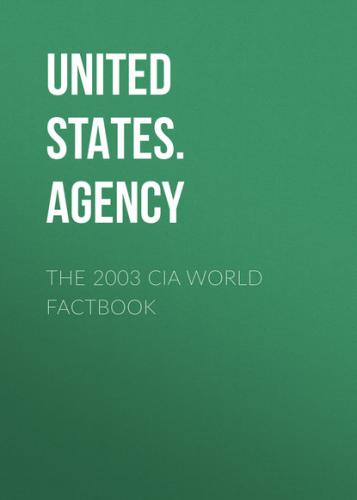Exports - partners:
Spain 58%, France 34% (2000)
Imports:
$1.077 billion (1998)
Imports - commodities:
consumer goods, food, electricity
Imports - partners:
Spain 48%, France 35%, US 2.3% (2000)
Debt - external:
$NA
Economic aid - recipient:
none
Currency:
euro (EUR)
Currency code:
EUR
Exchange rates:
euros per US dollar - 1.06 (2002), 1.12 (2001), 1.09 (2000), 0.94
(1999)
Fiscal year:
calendar year
Communications Andorra
Telephones - main lines in use:
32,946 (December 1998)
Telephones - mobile cellular:
14,117 (December 1998)
Telephone system: general assessment: NA domestic: modern system with microwave radio relay connections between exchanges international: landline circuits to France and Spain
Radio broadcast stations:
AM 0, FM 15, shortwave 0 (1998)
Radios:
16,000 (1997)
Television broadcast stations:
0 (1997)
Televisions:
27,000 (1997)
Internet country code:
.ad
Internet Service Providers (ISPs):
1 (2000)
Internet users:
24,500 (2001)
Transportation Andorra
Railways: 0 km
Highways: total: 269 km paved: 198 km unpaved: 71 km (1994)
Waterways:
none
Ports and harbors:
none
Airports:
none (2002)
Military Andorra
Military branches:
no regular military forces, but there is a police force
Military - note:
defense is the responsibility of France and Spain
Transnational Issues Andorra
Disputes - international:
none; border is undemarcated in sections but is not in dispute (a
few French farmers still remain upset about the transfer of 35
hectares of land to Andorra)
This page was last updated on 18 December, 2003
======================================================================
@Angola
Introduction Angola
Background:
Civil war has been the norm in Angola since independence from
Portugal in 1975. A 1994 peace accord between the government and the
National Union for the Total Independence of Angola (UNITA) provided
for the integration of former UNITA insurgents into the government
and armed forces. A national unity government was installed in April
of 1997, but serious fighting resumed in late 1998, rendering
hundreds of thousands of people homeless. Up to 1.5 million lives
may have been lost in fighting over the past quarter century. The
death of insurgent leader Jonas SAVIMBI in 2002 and a subsequent
cease-fire with UNITA may bode well for the country.
Geography Angola
Location:
Southern Africa, bordering the South Atlantic Ocean, between
Namibia and Democratic Republic of the Congo
Geographic coordinates:
12 30 S, 18 30 E
Map references:
Africa
Area:
total: 1,246,700 sq km
water: 0 sq km
land: 1,246,700 sq km
Area - comparative:
slightly less than twice the size of Texas
Land boundaries:
total: 5,198 km
border countries: Democratic Republic of the Congo 2,511 km (of
which 225 km is the boundary of discontiguous Cabinda Province),
Republic of the Congo 201 km, Namibia 1,376 km, Zambia 1,110 km
Coastline:
1,600 km
Maritime claims: contiguous zone: 24 NM exclusive economic zone: 200 NM territorial sea: 12 NM
Climate:
semiarid in south and along coast to Luanda; north has cool, dry
season (May to October) and hot, rainy season (November to April)
Terrain:
narrow coastal plain rises abruptly to vast interior plateau
Elevation extremes:
lowest point: Atlantic Ocean 0 m
highest point: Morro de Moco 2,620 m
Natural resources:
petroleum, diamonds, iron ore, phosphates, copper, feldspar, gold,
bauxite, uranium
Land use: arable land: 2.41% permanent crops: 0.4% other: 97.19% (1998 est.)
Irrigated land:
750 sq km (1998 est.)
Natural hazards:
locally heavy rainfall causes periodic flooding on the plateau
Environment - current issues:
overuse of pastures and subsequent soil erosion attributable to
population pressures; desertification; deforestation of tropical
rain forest, in response to both international demand for tropical
timber and to domestic use as fuel, resulting in loss of
biodiversity; soil erosion contributing to water pollution and
siltation of rivers and dams; inadequate supplies of potable water
Environment - international agreements:
party to: Biodiversity, Climate Change, Desertification, Law of the
Sea, Ozone Layer Protection, Ship Pollution
signed, but not ratified: none of the selected agreements
Geography - note:
the province of Cabinda is an exclave, separated from the rest of
